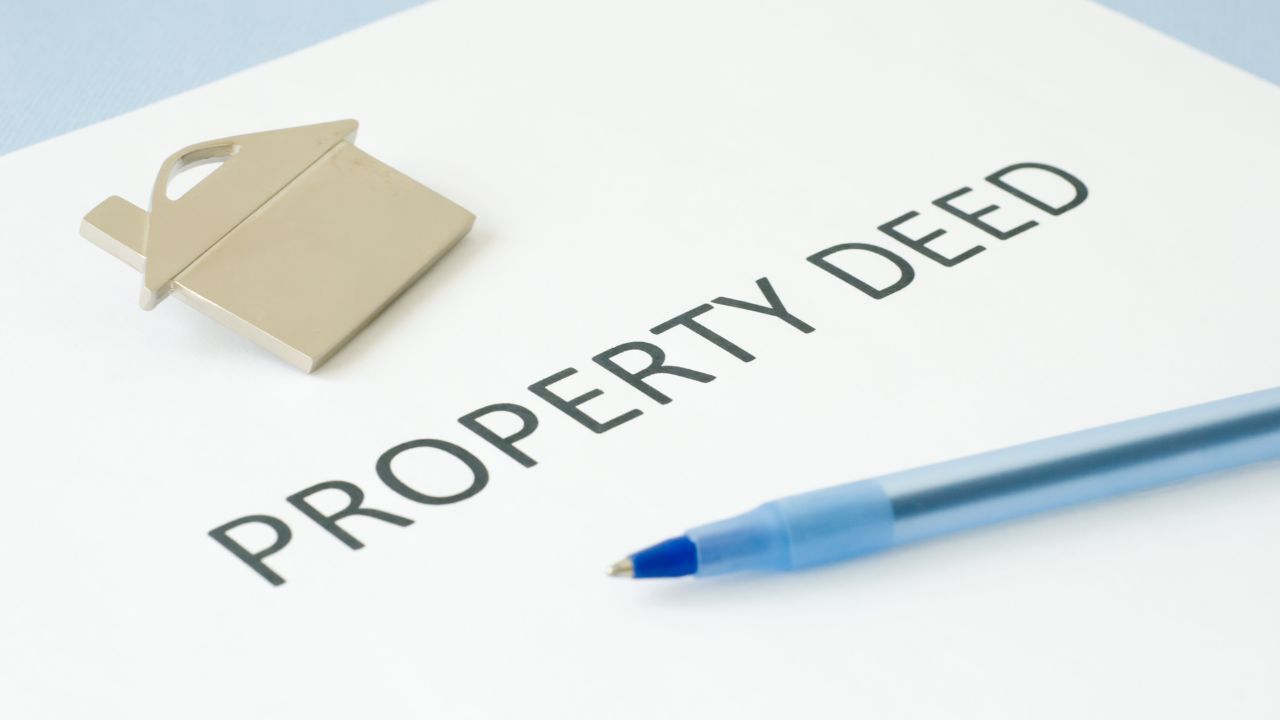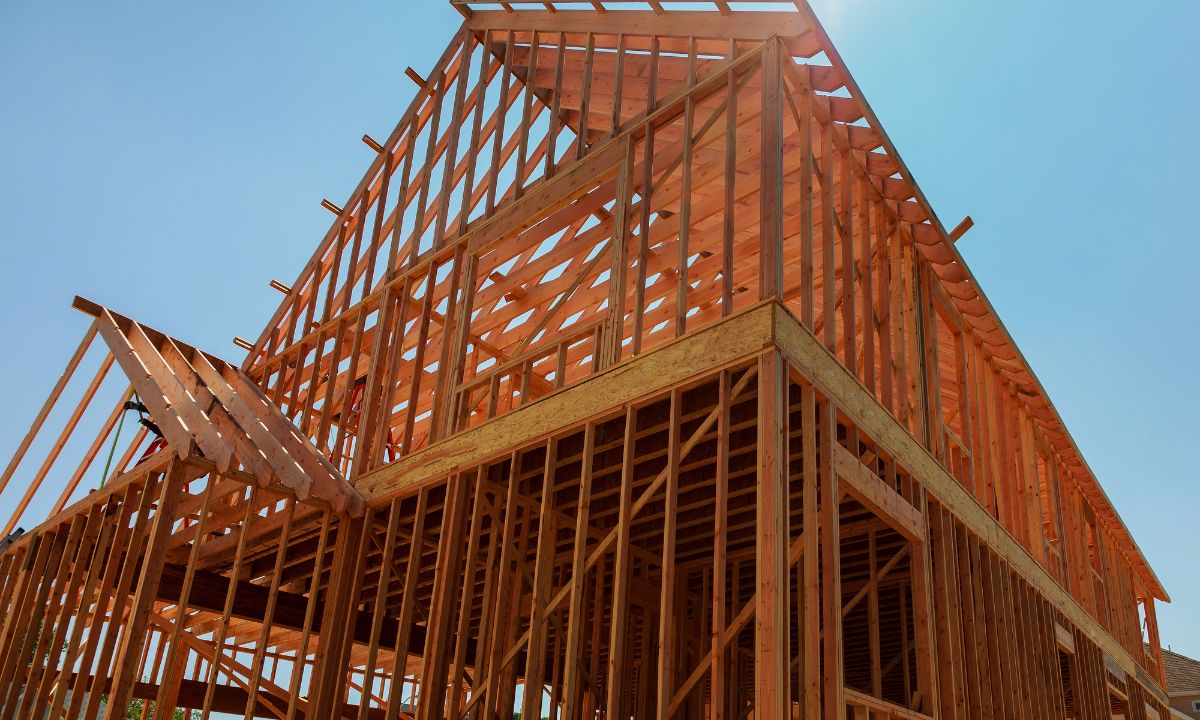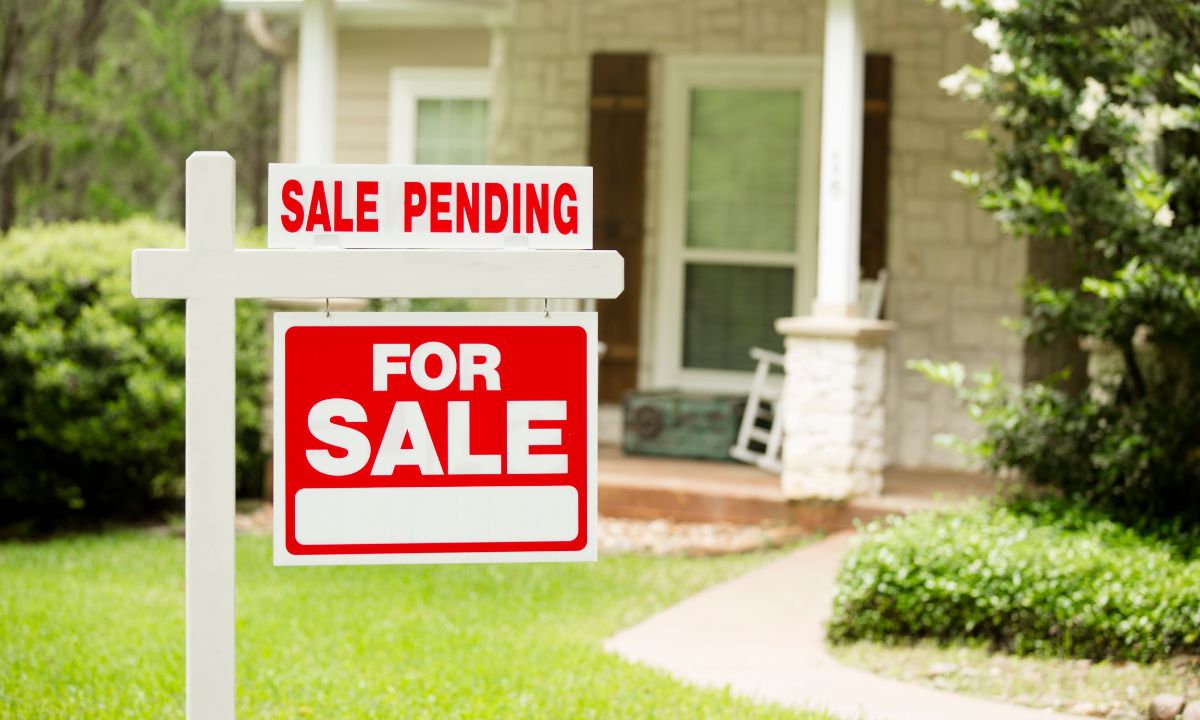 Buying a home is one of the most exciting milestones in life, but it’s also a process that can sometimes come with unexpected delays. Whether it’s financing hiccups, inspection issues, or paperwork snags, knowing how to keep your purchase on track can make a huge difference. Here’s what you can do to stay proactive and keep moving forward toward your dream home.
Buying a home is one of the most exciting milestones in life, but it’s also a process that can sometimes come with unexpected delays. Whether it’s financing hiccups, inspection issues, or paperwork snags, knowing how to keep your purchase on track can make a huge difference. Here’s what you can do to stay proactive and keep moving forward toward your dream home.
- Get Pre-Approved, Not Just Pre-Qualified
One of the first steps to avoid delays is getting pre-approved for your mortgage. A pre-approval shows sellers you’re serious and financially ready to buy, and it gives you a clear picture of your price range. Pre-qualification is a helpful first look, but full pre-approval can speed up the buying process significantly when you find the right home. - Stay Organized and Responsive
During the home buying process, you’ll be asked for a lot of documentation — tax returns, pay stubs, bank statements, and more. Having these documents ready to go can prevent last-minute scrambles. Also, respond quickly to requests from your agent, lender, and title company. Even a one – or two-day delay in getting a document can push back your closing date. - Be Flexible with Scheduling
Inspections, appraisals, and final walkthroughs often require coordinating multiple schedules. Try to be as flexible as possible so these important steps don’t get delayed. A missed inspection window could mean waiting an extra week, or more, for the next available appointment. - Communicate Openly with Your Agent
Your real estate agent is your advocate and guide. Keep the lines of communication open, and don’t hesitate to ask questions. If something feels off or unclear, bringing it up early can prevent larger issues down the line. Your agent can also help troubleshoot potential delays before they become serious problems. - Avoid Big Financial Changes
Once you’re under contract, try to keep your financial situation steady. Opening new credit lines, making big purchases, or changing jobs can all trigger red flags during your final mortgage approval. To avoid delays, or even denial, hold off on major financial moves until after you’ve closed on your new home. - Prepare for Possible Repairs or Negotiations
Home inspections sometimes uncover issues that need to be addressed before closing. Be mentally prepared for the possibility of negotiating repairs, asking for credits, or even making minor repairs yourself if it means keeping the transaction on schedule. Flexibility and a solutions-first mindset can keep the deal moving forward.
7. Understand Your Contract Dates
Your purchase contract will have key dates like contingency removal deadlines and closing dates. Stay familiar with these dates, and make sure you’re on track to meet them. Missing a contractual deadline can cause delays or even jeopardize your purchase altogether.
While delays can happen in any real estate transaction, preparation, communication, and flexibility are your best tools for overcoming them. Partnering with an experienced real estate agent and staying actively engaged throughout the process will help keep your home purchase on track and help you move into your new home with confidence and excitement.

 When buying a home, most buyers focus on location, price, and features. However, deed restrictions—legally binding rules that dictate how you can use your property—are equally important. Ignoring them can lead to unexpected limitations and challenges.
When buying a home, most buyers focus on location, price, and features. However, deed restrictions—legally binding rules that dictate how you can use your property—are equally important. Ignoring them can lead to unexpected limitations and challenges.
 Owning a home is a milestone that goes beyond providing a roof over your head. It’s one of the most significant ways individuals can build wealth over time. Unlike renting, homeownership offers financial and personal rewards that grow with time and care. Let’s discuss five ways owning a home can help build long-term wealth.
Owning a home is a milestone that goes beyond providing a roof over your head. It’s one of the most significant ways individuals can build wealth over time. Unlike renting, homeownership offers financial and personal rewards that grow with time and care. Let’s discuss five ways owning a home can help build long-term wealth. As more people seek simplicity and focus in their lives, downsizing has become a popular choice among homeowners of all ages. But why is “less” gaining so much appeal? Downsizing offers not just smaller living spaces but also an opportunity to embrace a more fulfilling, efficient, and financially sound lifestyle. Here’s why you may want to consider making the move to a smaller home.
As more people seek simplicity and focus in their lives, downsizing has become a popular choice among homeowners of all ages. But why is “less” gaining so much appeal? Downsizing offers not just smaller living spaces but also an opportunity to embrace a more fulfilling, efficient, and financially sound lifestyle. Here’s why you may want to consider making the move to a smaller home. Purchasing a home is a major life decision, and for many homebuyers, the ideal property may not always come fully finished. An unfinished home offers a unique opportunity to create a space that suits your family’s needs while potentially saving money upfront. Whether you’re looking to save on your initial purchase or enjoy the flexibility of customizing your home, buying an unfinished house could be a great option.
Purchasing a home is a major life decision, and for many homebuyers, the ideal property may not always come fully finished. An unfinished home offers a unique opportunity to create a space that suits your family’s needs while potentially saving money upfront. Whether you’re looking to save on your initial purchase or enjoy the flexibility of customizing your home, buying an unfinished house could be a great option. When it comes to homeownership, one of the most important aspects of the process is ensuring you have the proper legal documentation that proves your ownership. This documentation usually comes in the form of a title or a deed. These documents not only provide proof of ownership but also serve as a way to protect your rights to the property. Whether you’re buying your first home or adding to your real estate portfolio, understanding the difference between titles and deeds is essential to securing your investment.
When it comes to homeownership, one of the most important aspects of the process is ensuring you have the proper legal documentation that proves your ownership. This documentation usually comes in the form of a title or a deed. These documents not only provide proof of ownership but also serve as a way to protect your rights to the property. Whether you’re buying your first home or adding to your real estate portfolio, understanding the difference between titles and deeds is essential to securing your investment. Owning a pool is a dream for many homeowners, offering a perfect spot for exercise, relaxation, and fun with family and friends. However, it’s essential to understand the costs associated with maintaining a pool before diving into ownership. Pool maintenance is crucial for keeping your water clean, safe, and enjoyable throughout the season. Here’s a breakdown of what you can expect when it comes to pool maintenance costs.
Owning a pool is a dream for many homeowners, offering a perfect spot for exercise, relaxation, and fun with family and friends. However, it’s essential to understand the costs associated with maintaining a pool before diving into ownership. Pool maintenance is crucial for keeping your water clean, safe, and enjoyable throughout the season. Here’s a breakdown of what you can expect when it comes to pool maintenance costs. Navigating the real estate market can be a complex journey, especially with the variety of terms and statuses you encounter during your search for the perfect home. One such term that often confuses homebuyers is “sale pending.” What does it mean when a property is listed as “sale pending,” and how should you approach these listings? Let’s break it down.
Navigating the real estate market can be a complex journey, especially with the variety of terms and statuses you encounter during your search for the perfect home. One such term that often confuses homebuyers is “sale pending.” What does it mean when a property is listed as “sale pending,” and how should you approach these listings? Let’s break it down.